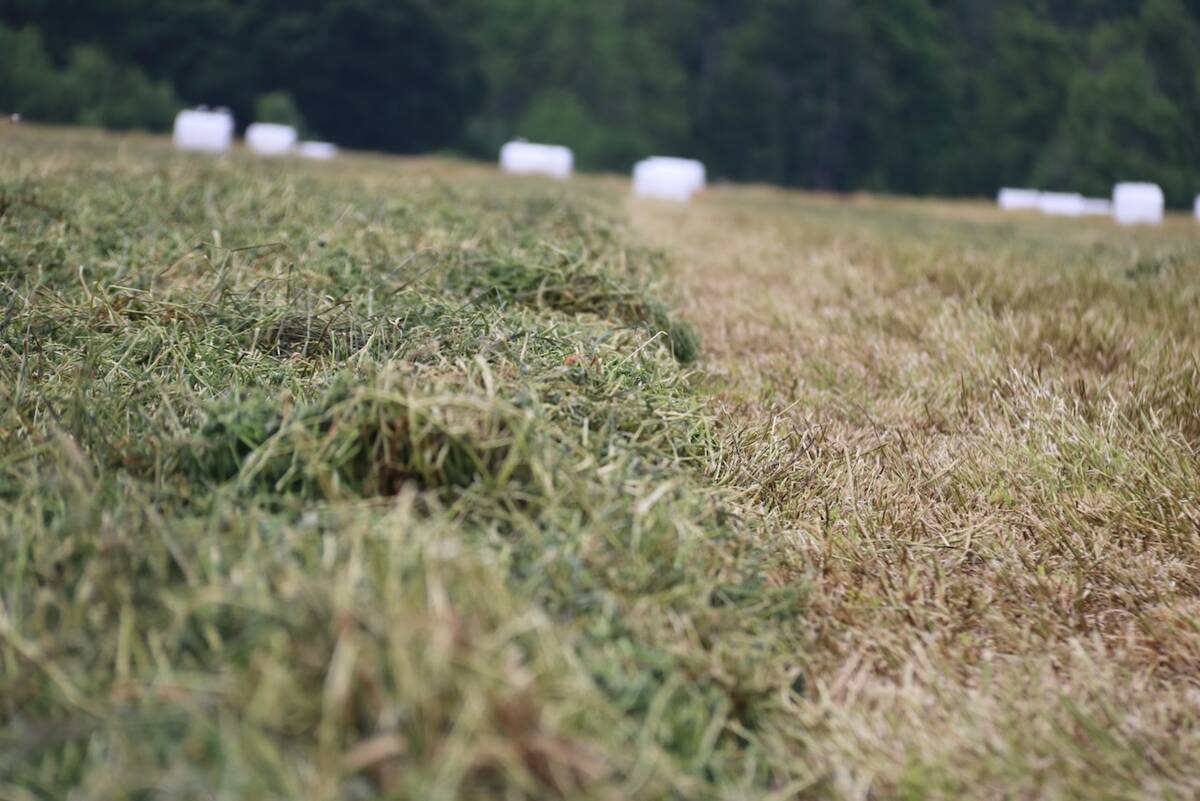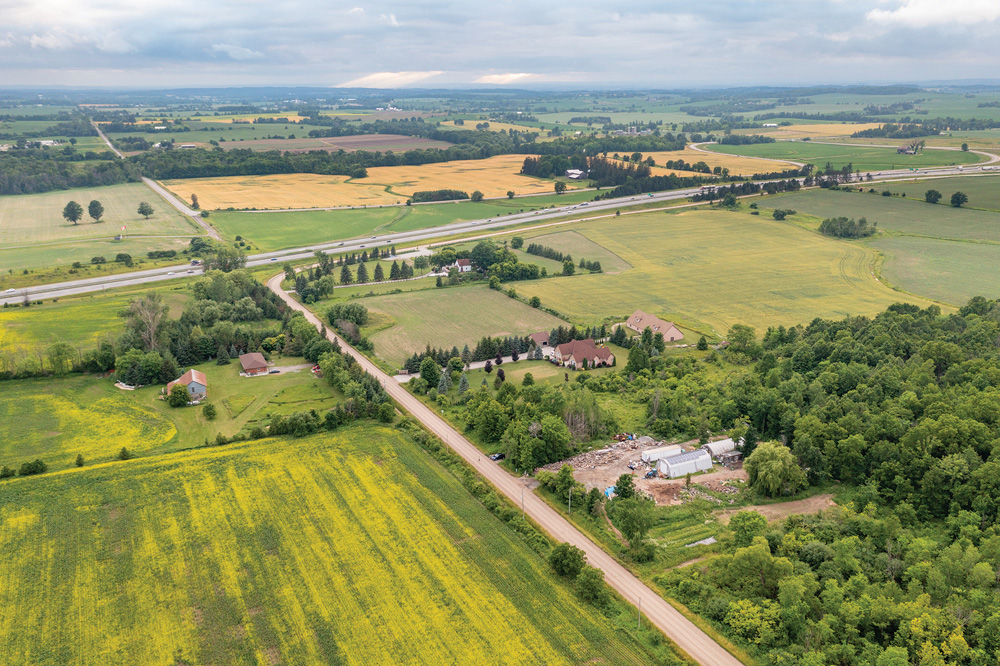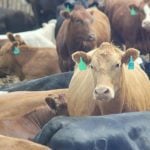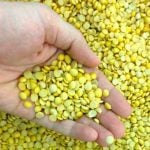If you are considering a sizable new purchase, hopefully the title has piqued your interest and you will read on. My purpose with this article is to encourage you to carefully consider several important points before you make any significant new purchases. With the present high interest rates, which may rise even more, careful planning is necessary. Here are some of the relevant points to consider.
Short- and long-term plans
How does this proposed purchase fit into the short- and long-term plans for your farm? For example, if you are 40 years old, it may make sense to buy another quarter section coming up for sale nearby. On the other hand, if you are 60 years old, are you sure you really need another quarter section and the resulting payments for the next 20 to 25 years (unless you have a succession plan)?
Read Also

New high-performance forage training program to launch in 2026
A new Canadian Forage and Grasslands Asssociation high-performance forage program will be a resource for farmers, agronomists and others in the forage sector.
Have you discussed the proposed purchase with the rest of your family or farm team? Are they onside? This is so important. I cannot overemphasize this point. We’ve all heard stories about the farmer going into town to buy parts for his combine and coming home with a new $1-million unit. What do you think the reaction is going to be from his or her partner?
In the part of Alberta where I live, good arable land is selling for $1 million and up per quarter section. One million dollars at six per cent interest amortized over 20 years means annual payments of $87,184. At seven per cent interest, the annual payments are $94,392, which is an increase of $7,208 per year. Are you sure your cash flow can handle those extra payments?
These are simplifications, since you will likely have a down payment or trade-in, which will reduce the loan principal. However, your lender may use your existing equity as collateral for the down payment and so might be able to finance the full amount in the case of land purchases.
Prepare a net worth statement
To determine if the new purchase is feasible, I recommend you first prepare a net worth statement. Net worth means listing all of your assets at an estimated fair market value and then listing all of your liabilities. It’s best to do this at the beginning of your fiscal year (for incorporated farms) or January 1 for sole proprietors or partnerships. Your net worth is the difference between the two.
For example, if you have $10 million in total assets and total debt of $2 million, you have $8 million of equity or net worth (that you own free and clear). That is a net worth ratio of 0.80:1 (or 80 per cent), and lenders will usually look favourably on you if you can cash flow the proposed new purchase.
On the other hand, if you have $10 million in assets and $4 million in debt you have a 0.60:1 (60 per cent) net worth ratio and it’s going to be harder for you to get financing, or if you do it will be at a higher interest rate.
“All of your liabilities” includes all of the money you owe to lenders plus current liabilities (money you owe in the next 12 months), such as the bulk fuel agent, the tire shop, the fertilizer dealer, the farm supply store, the implement dealers for parts, your neighbour who sold you some supplies, etc.
I remember a situation early in my career (about 19 years ago) when I prepared a net worth statement for a farmer. I listed all of his assets and liabilities in my analysis program, and then I handed him his net worth statement — and it wasn’t pretty. I remember him saying, “I don’t owe that much money.” I said, “This is everything you’ve told me. Show me where the mistakes are.” There weren’t any mistakes. So don’t be surprised like this farmer.
Be sure to list all of your loans with the amount outstanding on each one as of your evaluation date. There are some farmers who have loans at several banks, at several implement dealers, loans from family members, vendor financing with another farmer who they have bought things from, loans from FCC, etc.
Shareholder loans are a liability and must be listed even if you don’t intend to repay them. Zero interest can be very enticing when buying new equipment but remember you still have to make principal payments.
Cash flow projection
Next, do a cash flow projection for your fiscal year on a month-by-month basis to determine what your net position is at the end of each month.
Cash flow means calculating your total anticipated income and expenses by line items for the year (usually based on your historical performance over the last three to five years). Break that down on a month-by-month basis. Do this first with no changes for your farm (which I call the base model). Then do another scenario with the new purchase included (which I call pro 1). Then compare the two scenarios and discuss the data with the rest of your farm family or team. Can you comfortably handle the new payments?
I mentioned my analysis program. I use ABA (Agricultural Business Analyzer), which was developed by Ron Lyons (an ex-banker) when he worked for Alberta Agriculture about 20 years ago.
Recently it was moved to Farm Management Canada but is not publicly available at this time. I have it and if you wish to use it, send me an email. It’s a bit complicated and I can help you with it.
Don’t overreach your, your partner’s or your team’s comfort zones. Even if you can cash flow the new purchase, it may not be in your best interest to proceed if the rest of your family or team do not agree.
Do you really need that new tractor or combine or is it just a “nice to have” item. Remember, machinery is a depreciating asset, and a new piece of machinery is probably depreciating faster than you can pay for it.
If you’ve taken all of the above points into consideration and you have satisfactorily answered every one of them, then, yes, go ahead and make that purchase and pride yourself on having done your due diligence.
















